
The Rhetorical Triangle Ethos, Pathos, Logos Meaning and Examples
Ethos, along with logos and pathos, is one of the three "modes of persuasion" in rhetoric (the art of effective speaking or writing). Ethos is an argument that appeals to the audience by emphasizing the speaker's credibility and authority. If the speaker has a high-ranking position, is an expert in his or her field, or has had life experience.
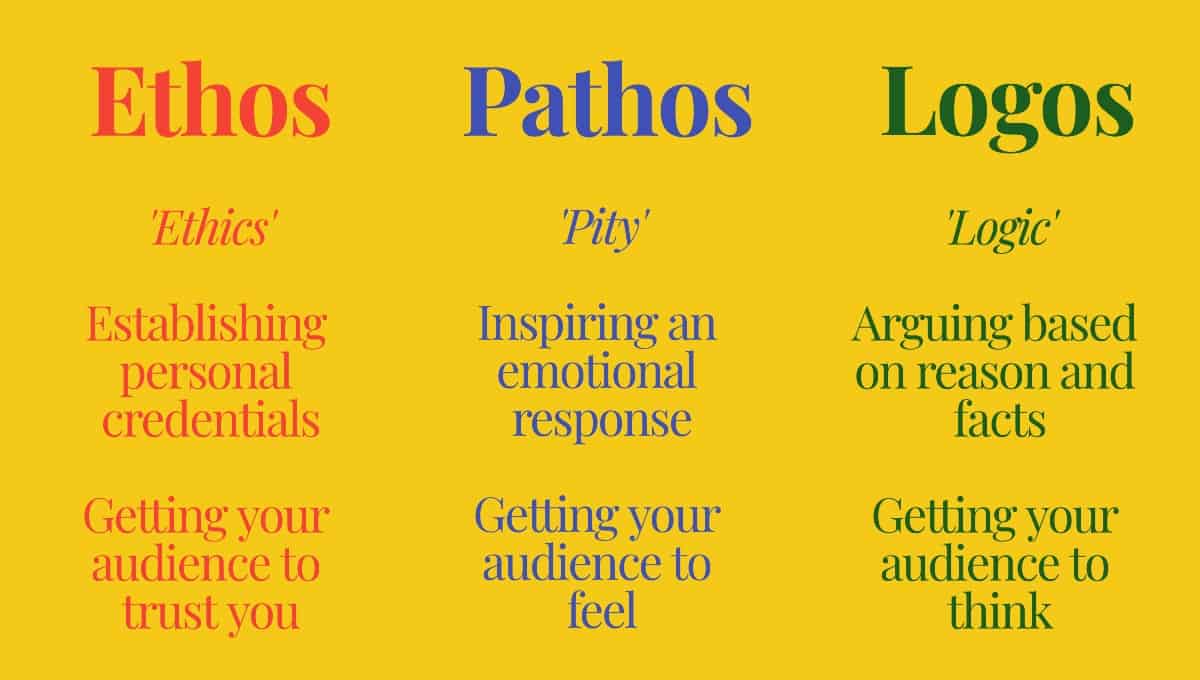
Mastering Ethos, Pathos, And Logos For Persuasive Essays
Ethos, pathos and logos are three methods of persuasion: rhetorical appeals that influence decision-making. Ethos is an appeal to the authority and reputation of the speaker (or writer). 1 For example, if your dad wants you to study business at school, he might say, "I'm older and have more life experience, therefore I know what's best.
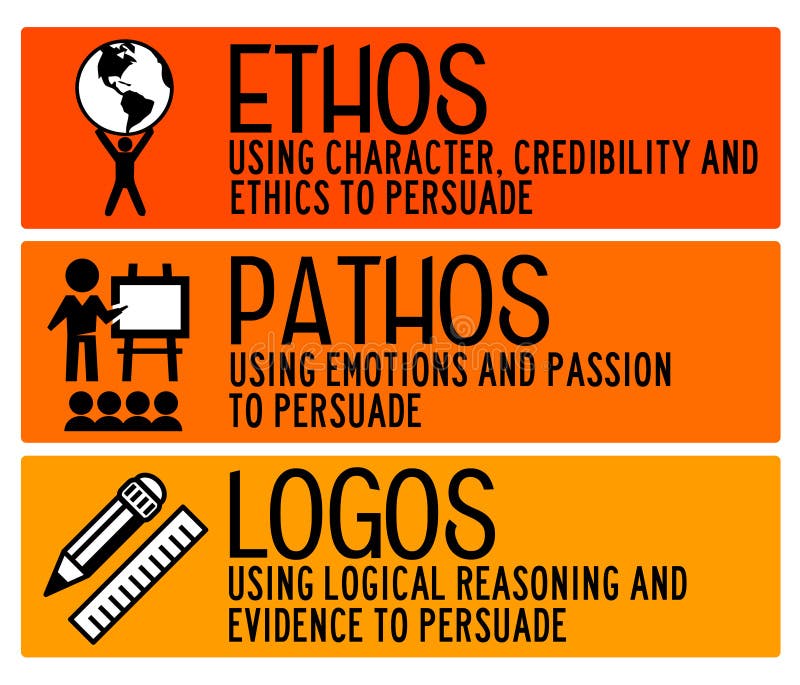
Ethos pathos logos stock illustration. Illustration of logic 213070974
The Learning Hub Writing Resources Writing Handouts Ethos, Logos, and Pathos Ethos, Logos, and Pathos When being introduced to rhetorical concepts, among the first appeals students learn about are the rhetorical appeals. There are three main appeals that can be used: ethos, pathos, and logos.
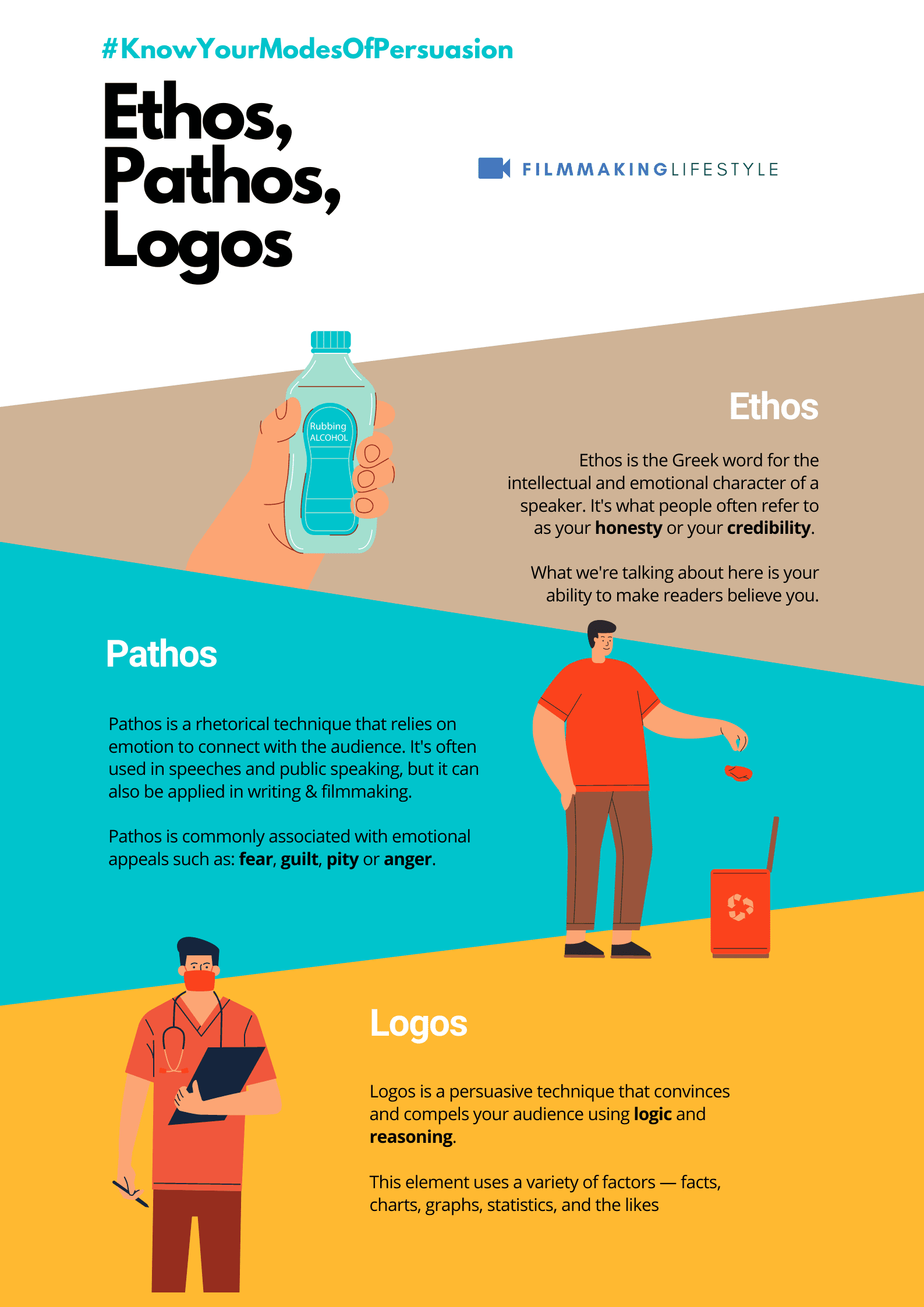
Ethos, Pathos, Logos 3 Persuasive Techniques To Improve Your Ads
12th April 2023 Ethos, Logos, and Pathos - A Simple Guide Ethos, logos, and pathos are three essential components of persuasive communication. They've been used for centuries by great communicators to influence the beliefs, attitudes, and behaviors of their audiences.
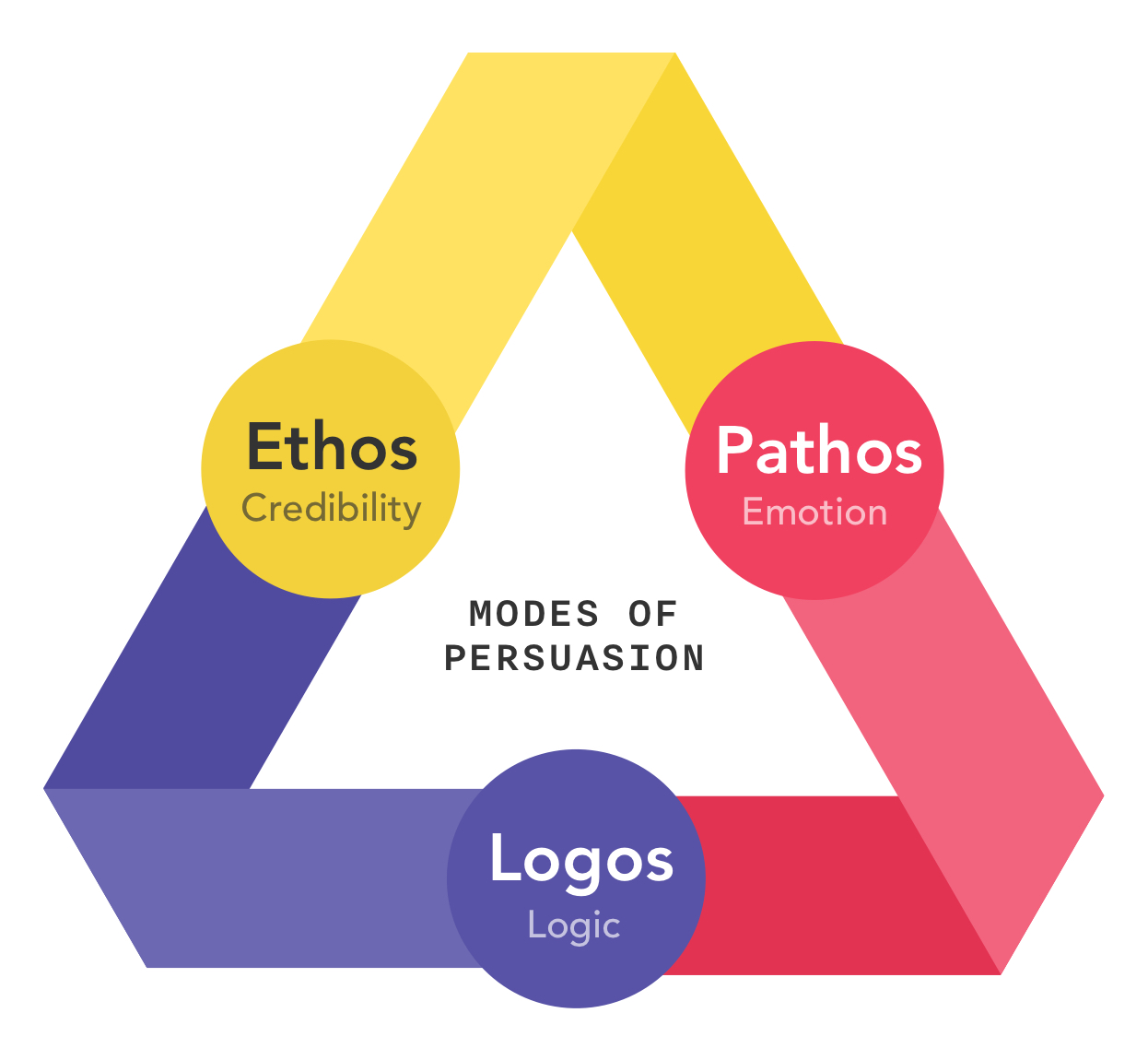
Advertising 101 What are Ethos, Pathos & Logos? (2021) Boords
2. Lesson Plan: Ethos, Logos, and Pathos. This lesson plan covers the basic appeals of ethos, logos, and pathos. It introduces the concepts and provides several examples of each. You can use this as an introduction to the topic, or you can use it as a review before the exam. Learn More: Study.com. 3. The Benefits of Understanding Ethos, Pathos.
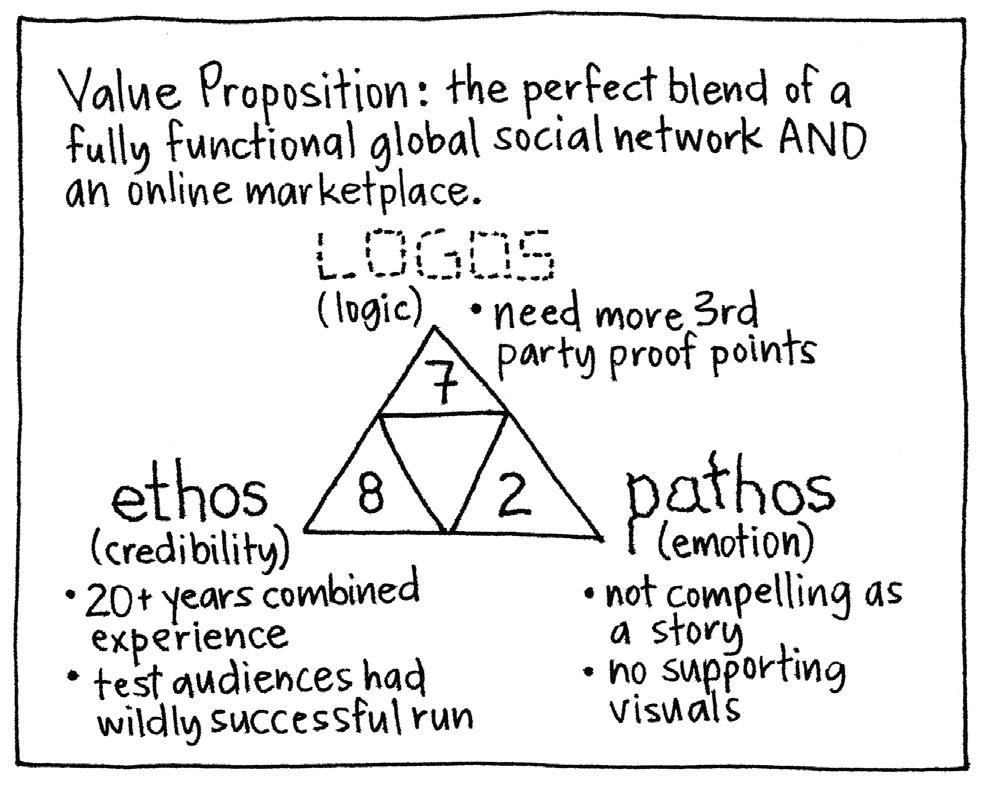
Ethos, Logos, Pathos Gamestorming
Rhetorical Appeals. Rhetorical appeals refer to ethos, pathos, and logos. These are classical Greek terms, dating back to Aristotle, who is traditionally seen as the father of rhetoric. To be rhetorically effective (and thus persuasive), an author must engage the audience in a variety of compelling ways, which involves carefully choosing how to.

Ethos, Logos, and Pathos for Persuasion
Ethos, pathos, and logos are the three classical modes of persuasion that a person can use to speak or write persuasively. Specifically: ethos (character): known as "the appeal to authority" or "the appeal to credibility." This is the method in which a person relies on their credibility or character when making an appeal or an argument.
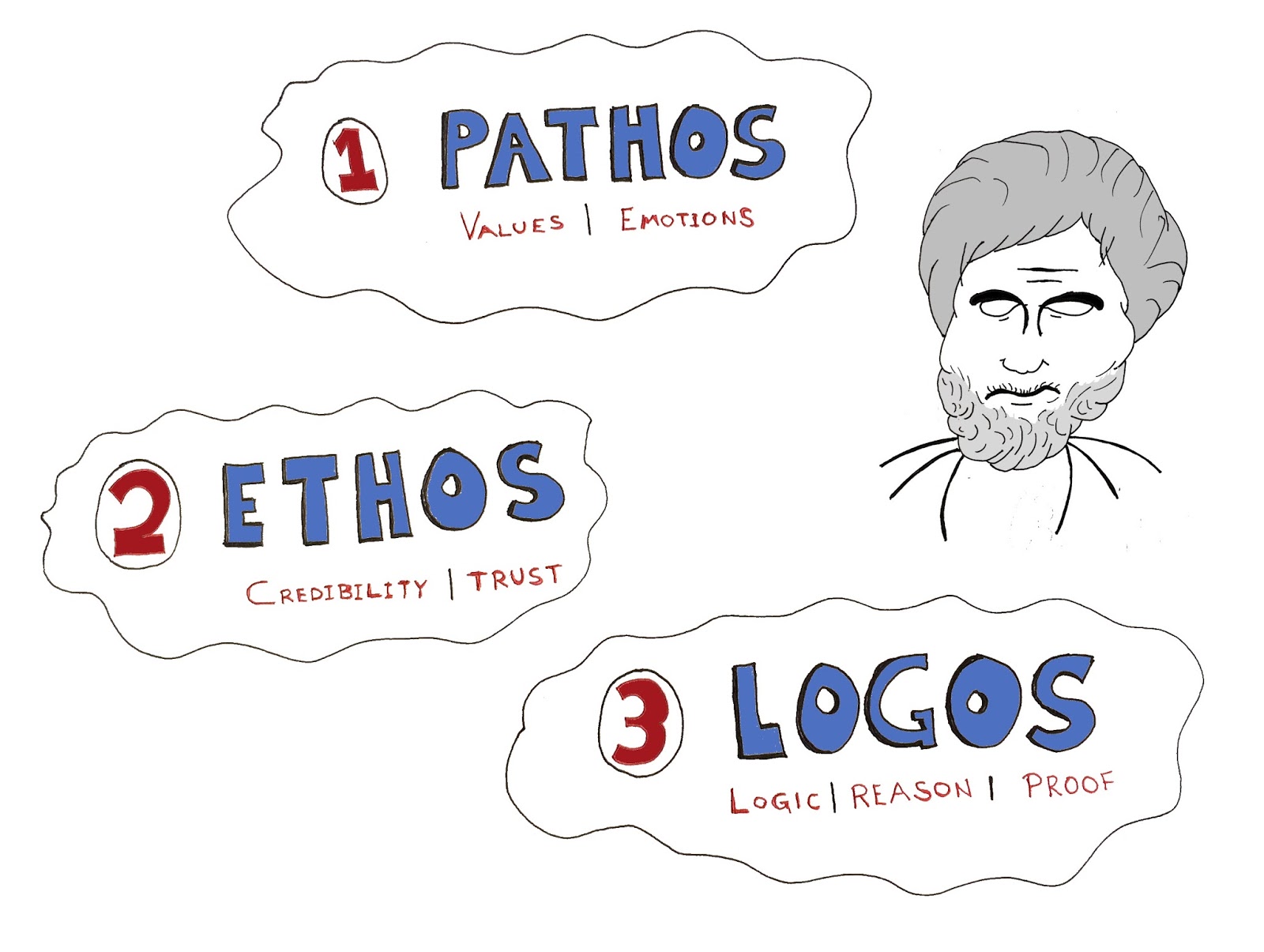
It's Me
Logos, ethos, and pathos are important components of all writing, whether we are aware of them or not. By learning to recognize logos, ethos, and pathos in the writing of others and in our own, we can create texts that appeal to readers on many different levels.
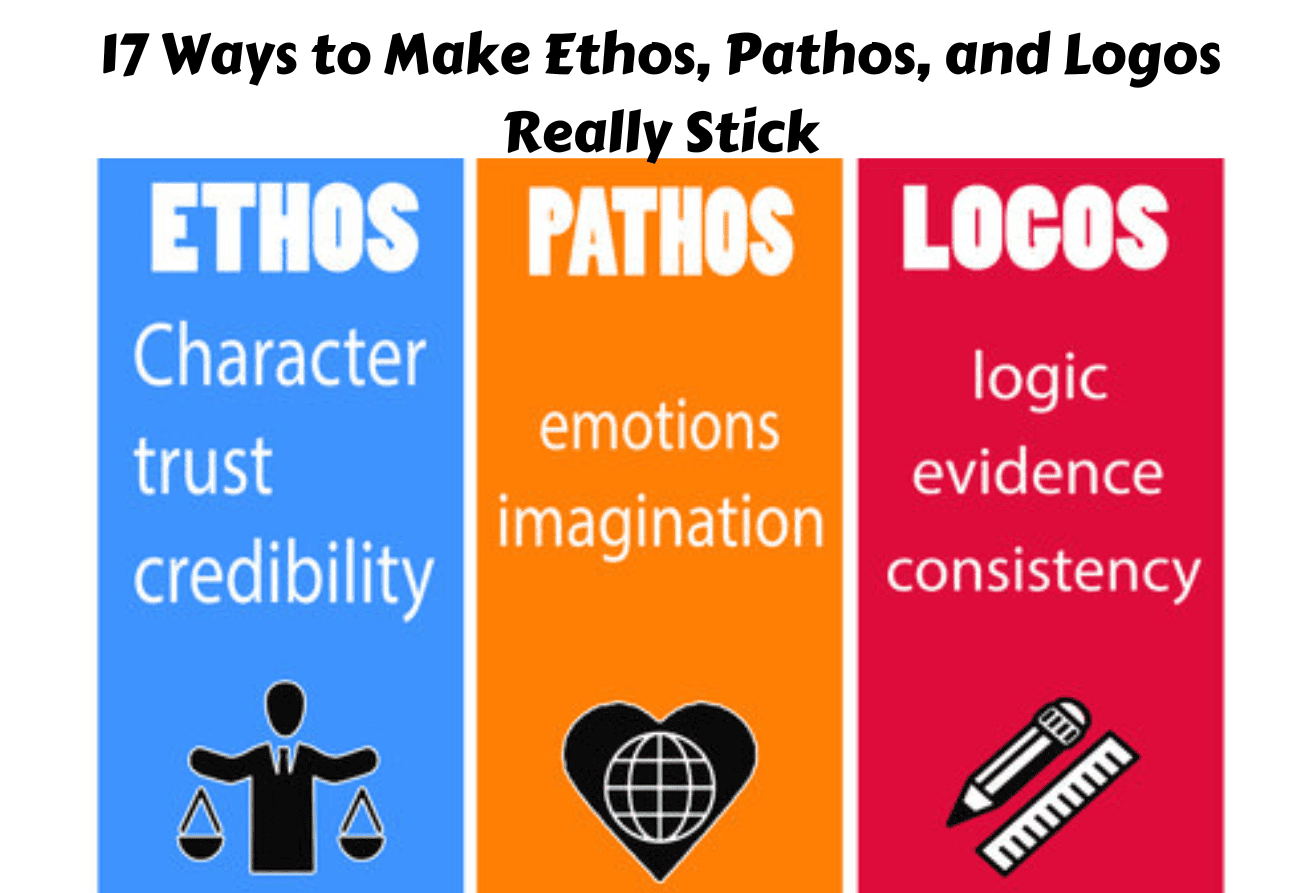
17 Ways to Make Ethos, Pathos, and Logos Really Stick Teaching Expertise
What are logos, ethos and pathos? Simply put, logos, ethos and pathos are three powerful tools that you can use to persuade an audience of your argument. At the most basic level, logos appeals to logic and reason, while pathos appeals to emotions and ethos emphasises credibility or authority.

Ethos, Pathos, Logos The Ancient Way To Appeal To Your Audience
Ethos or the ethical appeal means to convince an audience of the author's credibility or character. An author would use ethos to show to his audience that he is a credible source and is worth listening to. Ethos is the Greek word for "character." The word "ethic" is derived from ethos.
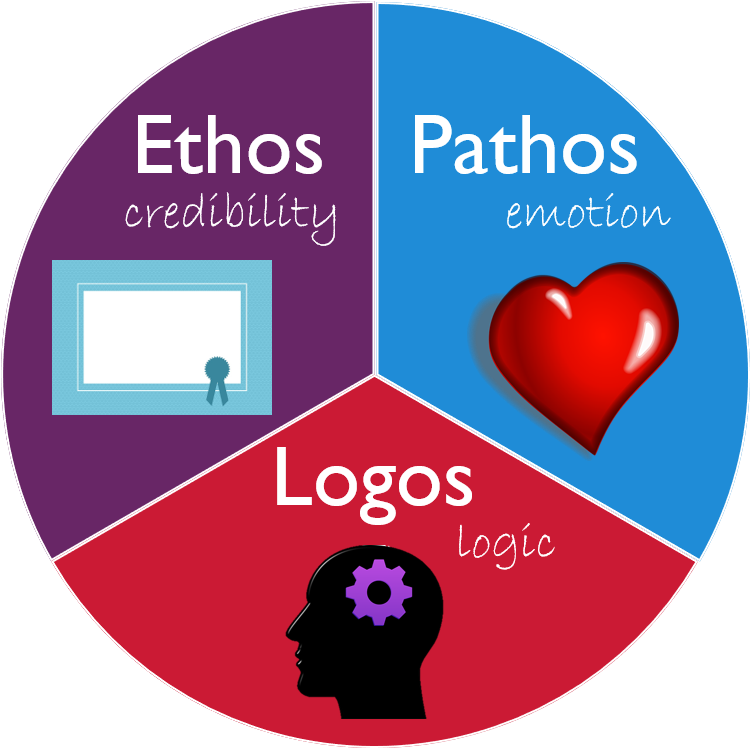
Time to Write Excelsior College OWL
Ethos, Pathos, and Logos are modes of persuasion used to convince audiences. They are also referred to as the three artistic proofs (Aristotle coined the terms), and are all represented by Greek words. Ethos or the ethical appeal, means to convince an audience of the author's credibility or character.
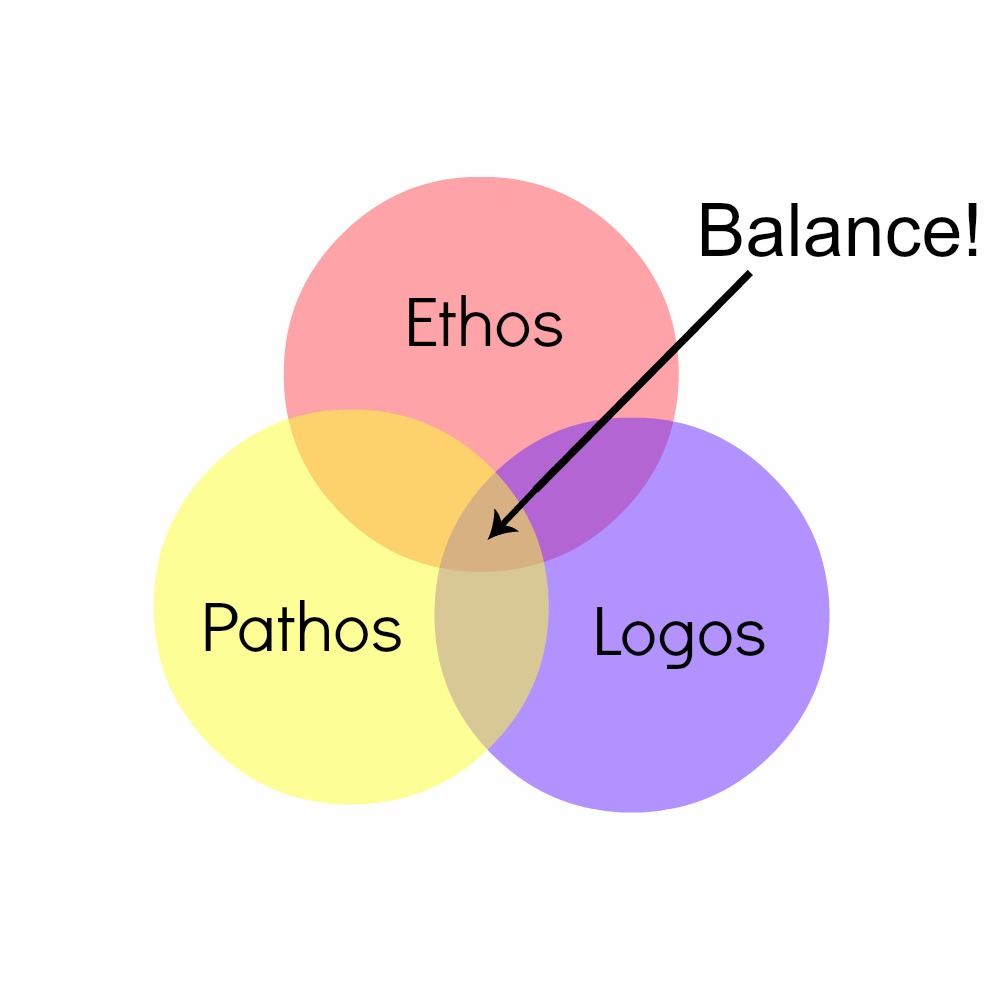
Ethos, Pathos, Logos and Writing for Your Audience
Outlines Parts of a Sentence Parts of Speech Pathos, Logos, and Ethos Point of View in Academic Writing Prepositional Phrases Pronoun and Antecedent Agreement Pronoun Consistency Proofreading

Ethos pathos and logos posvol
Ethos, Pathos, Logos are modes of persuasion used to convince others of your position, argument or vision. Ethos means character and it is an appeal to moral principles. Logos means reason and it is an appeal to logic. Pathos means experience or sadness and it is an appeal to emotion. Ethos Ultimately, ethos is all about trust.
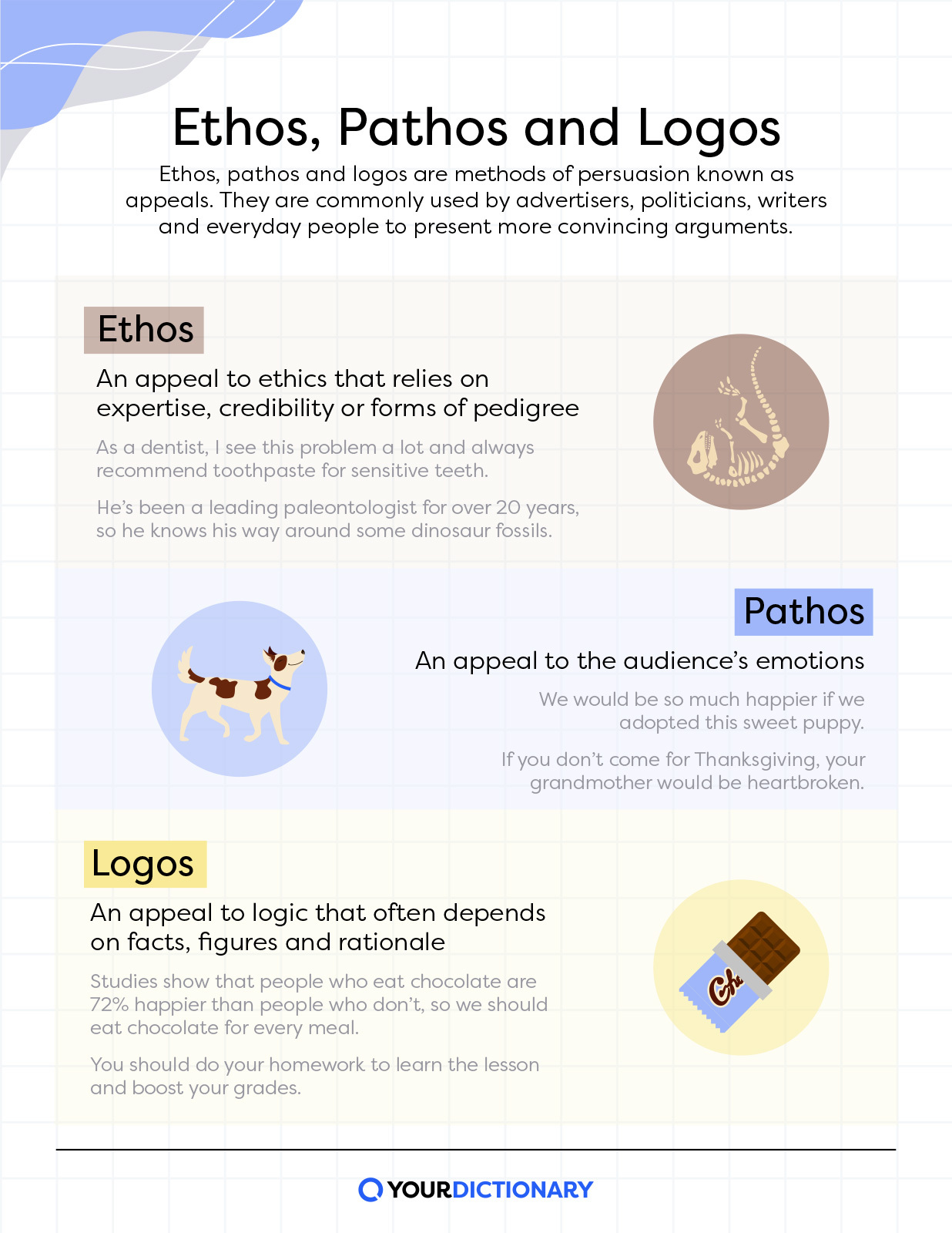
Examples of Ethos, Pathos and Logos (2022)
What are logos, ethos, and pathos? Logos appeals to the audience's reason, building up logical arguments. Ethos appeals to the speaker's status or authority, making the audience more likely to trust them. Pathos appeals to the emotions, trying to make the audience feel angry or sympathetic, for example.

Ethos, Pathos and Logos Persuasive Advertising Techniques (2018)
According to Aristotle, a solid argument needed ethos, pathos and logos. That doesn't mean that you should try to balance each one in every persuasive argument you make. Instead, ethos, pathos and logos help us do two things: Determine why an argument isn't currently persuasive. For example, if you show a sample ad campaign to a client and.
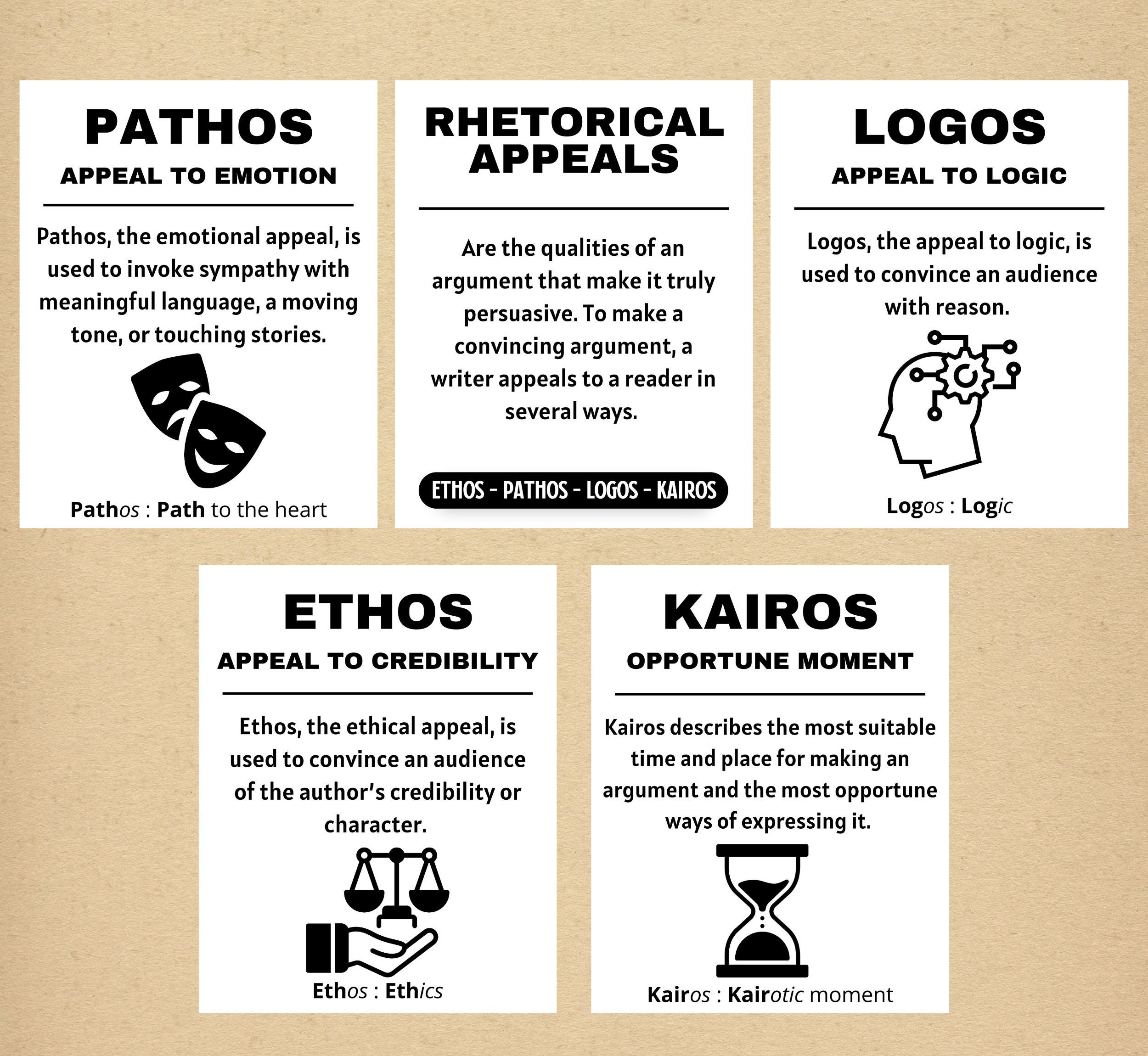
Set of 5 Ethos Pathos Logos Kairos Rhetorical Appeals Etsy Sweden
Ethos, pathos and logos are techniques of persuasion that form the rhetorical triangle. A compelling argument, sales pitch, speech, or commercial ideally uses elements of all three strategies. We'll show you how to employ each of the techniques and present some awesome examples along the way. Ethos, Pathos and Logos: How to Create Persuasive Ads